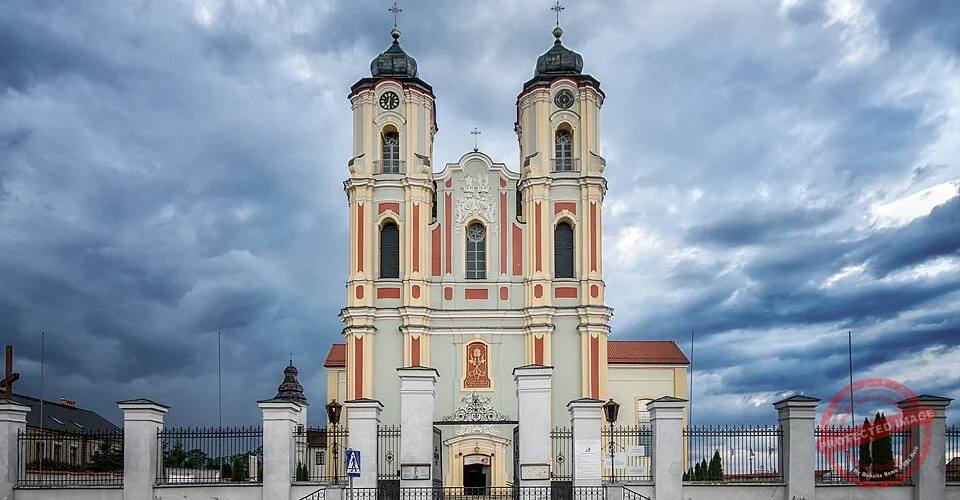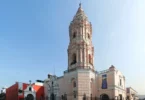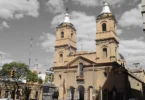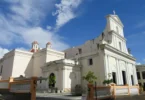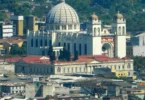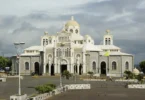Introduction
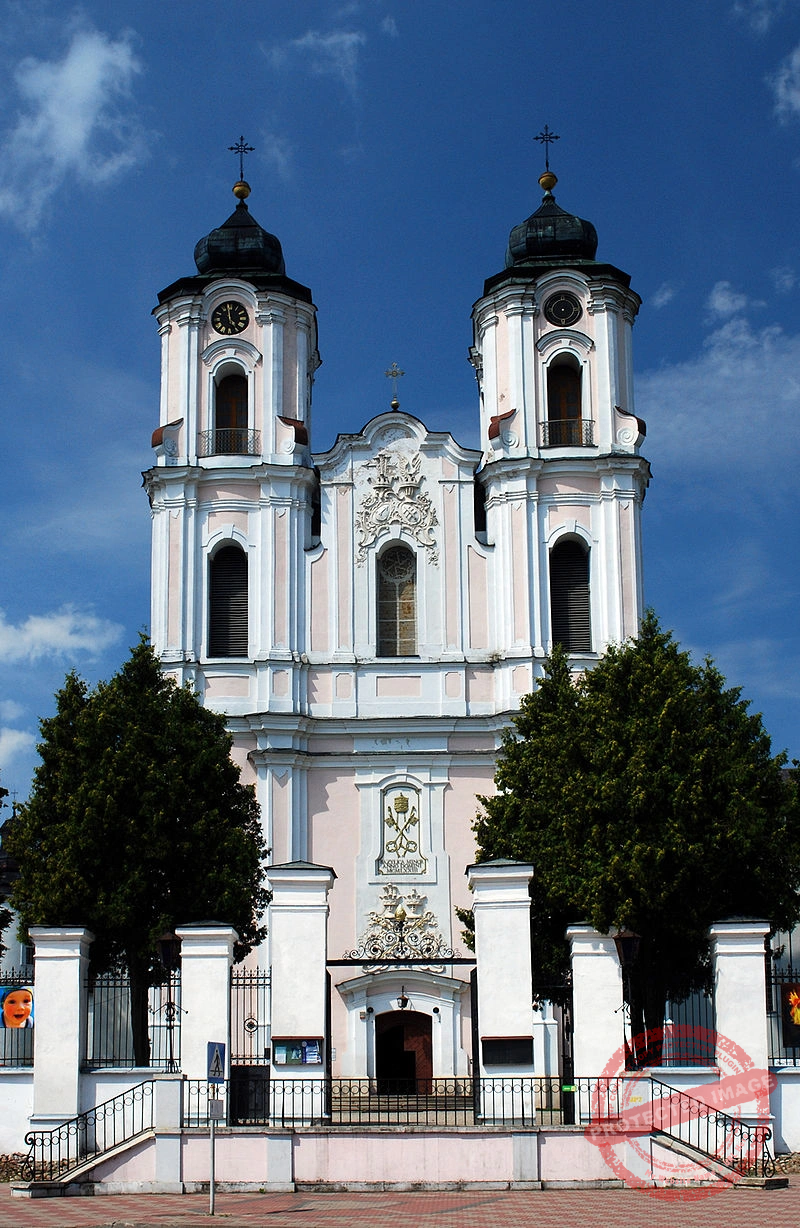
The Basilica of the Visitation of the Blessed Virgin Mary in Sejny is an old Dominican church with a long and meaningful history. Today, it serves as a parish church, a sanctuary, and a collegiate church. It also holds the title of minor basilica, which reflects its importance. The church is part of what used to be a large Dominican monastery, and it makes up the eastern side of that complex. Because of the region’s rich and often complicated history shaped by different cultures, languages, and faiths the basilica isn’t just a religious site. It’s also one of the most interesting and meaningful landmarks in this part of Poland. Visitors come not only for prayer or quiet reflection but also to admire its beauty, architecture, and connection to the past.
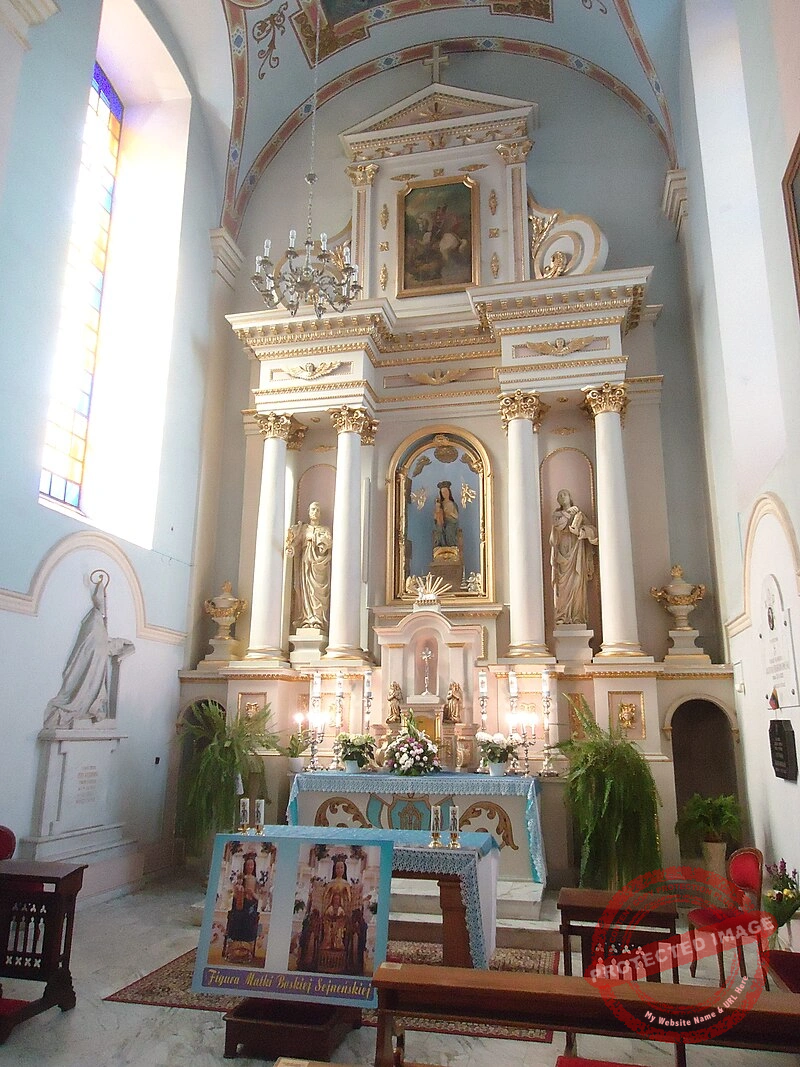
The Church of the Visitation of the Blessed Virgin Mary was built between 1610 and 1619 in the late Renaissance style. It was established by the Dominican order, who had been brought to Sejny from Vilnius in 1602. The founder of the Sejny monastery was Jerzy Grodziński. The church was consecrated in 1632 by Bishop Jerzy Tyszkiewicz. It was dedicated to the Blessed Virgin Mary, St. George, and St. Jacek. Over time, a complex of monastery buildings was added to the church, with the construction completed in 1706. Between 1760 and 1779, the church underwent a reconstruction in the Vilnius Baroque style. This project was funded by Róża Strutyńska, née Plater. During the renovation, the orientation of the church was changed. A grand, two-towered façade was built where the previous chancel had been. The interior was also extended by two bays. As part of the work, the annexes connected to the nave and chancel were demolished, and the bell tower on the north side of the church was taken down.
Sejny Theological Seminary
In 1804, the Dominican monastery in Sejny was dissolved by the Prussian authorities. After that, a parish church was built on the site of the former Dominican church. By 1818, the church was elevated to cathedral status for the Augustów diocese, and the monastery buildings became the seat of the bishop, the curia, and a seminary. A high school operated within the monastery halls from 1807 to 1817. Father Wojciech Szweykowski, who later served as the Rector of the University of Warsaw, was its principal. The schools in the monastery were known for their high level of education, earning Sejny the nickname “Oxford of the North.” In 1826, Mikołaj Manugiewicz became Bishop of Sejny. He was able to get a grant from the government to start and run a new seminary. That same year, the seminary was opened in the former monastery buildings. It provided assistance to seminarians from the entire Sejny diocese, which Pope Pius VII established following the dissolution of the Wigry diocese. From Wysokie Mazowieckie and Oma in the south to Kalwaria, Mariampol, and Wikowyszki in the north, this diocese had 12 deaneries. The Sejny Seminary provided the training for the clergy who served these parishes. Over time, the seminary trained many future Lithuanian clergy and activists, who became important figures in the Lithuanian national revival.
Later History and Current Status
After the establishment of the Republic of Lithuania and the Republic of Poland in 1925, the Augustów (Sejny) diocese was abolished and divided into two new dioceses: Wyłkowyska and Łomża. The bishops’ seats were moved to Łomża and Wyłkowyszki. The church lost its status as a cathedral and, for many years afterward, served mainly as a local pilgrimage site and parish church without any special distinction. In 1973, plans to expand the Marian sanctuary and the coronation of the statue of Our Lady of Sejny led to the church being elevated to the status of a minor basilica. Later, in 2005, it was established as a collegiate church of the Sejny-Wigry Chapter.
Architecture of Basilica of the Visitation of the Blessed Virgin Mary, Sejny, Poland
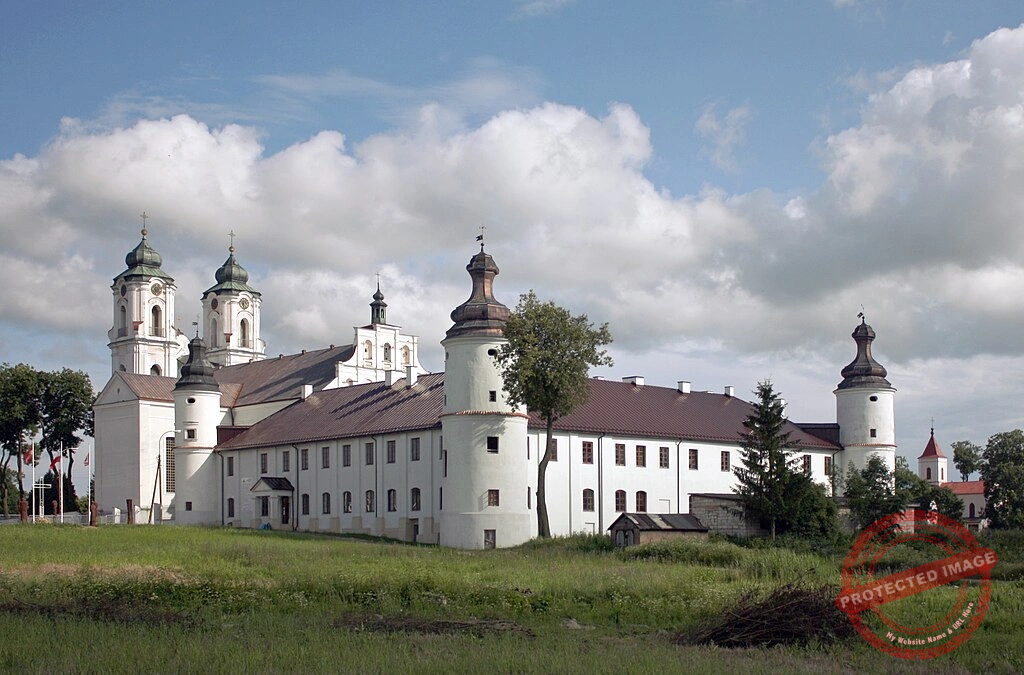
Burials: Antanas Baranauskas
The Church of the Visitation of the Blessed Virgin Mary is built of brick with a modern brickwork, in the Vilnius Baroque style. It is the only example of this kind of church in Poland today, along with the church in Róanystok. The facility is also listed in the Podlaskie Voivodeship’s Register of Monuments.
General description
The church is a six-bay hall without a separate chancel. The western bay houses a porch on the ground floor, with a choir above. The church has two chapels the Sacred Heart of Jesus from 1661 and the Virgin Mary from 1881. The interior is covered with a barrel vault with lunettes supported by massive square pillars, to which pilasters adjoin. A two-tower, three-story façade topped with Baroque domes encloses the church on the east side, which faces west. The church towers are among the largest in the Podlaskie Voivodeship. The two-story, vertical, and three-axis façade is distinctive. Currently, the parish, with the enormous support of local and central authorities, as well as the faithful and the Sejny Society for the Protection of Monuments, is working on renovating the entire complex, preserving it as closely as possible to the original. In the Post-Dominican Monastery next to the church there is the Diocesan and Ethnographic Museum, established and run by the Sejny Society for the Protection of Monuments , where you can see a number of permanent and temporary exhibitions. The square next to the basilica at the request of the Sejny Society for the Protection of Monuments since 2008, by decision of the Sejny City Hall is officially named “Podominikański Square”.
Eastern facade
The eighteenth-century reconstruction and construction of the choir section on the eastern side violated the principle of orientation respected in the Polish-Lithuanian Commonwealth. However, this is related to the city’s axial urban layout. It is also a reference to the order prevalent in Italian Baroque, which inspired Vilnius architects at the time.
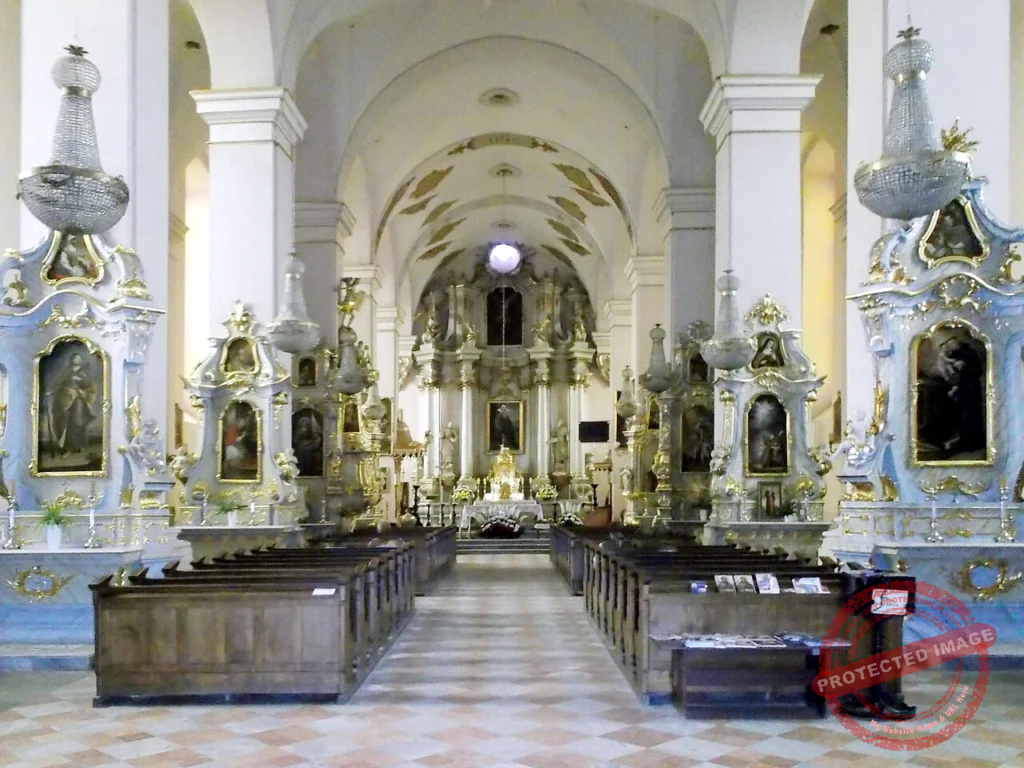
Interior design
The altars and paintings, as well as the majority of the church’s furnishings, are Baroque and from the second half of the 18th century. The most valuable item is a wooden Gothic cabinet statue of the Virgin Mary and Child from the 15th century, crafted in the shape of a triptych , which has been an object of religious devotion since the 17th century. In Europe, there are only a few of these statues. A 1907 neo-Baroque organ can be found in the main nave of the church, next to the original presbytery. Since 1993, it has been used to host concerts of the International Organ Festival of Young People Juniores Priores Organorium Seinensis. The parish, with the support of the authorities, the faithful and the Sejny Society for the Protection of Monuments, is working on establishing a “Centre for the Development of Sacred Music Performers”.
Sanctuary of Our Lady of Sejny
The monastery church in Sejny has been a place of worship and pilgrimage since 1610. Here, Mary was especially revered. A wooden statue of the Virgin Mary and Child, known for its miraculous healing properties, was brought to the monastery at the beginning of the 17th century. Initially, it was cared for by the Dominicans and, from the 19th century, by diocesan priests. In Sejny, Marian devotion flourished in the 18th century. Due to the marginalization of the former Dominican church and its peripheral, borderline location, it declined during the interwar period. The elevation of the parish church to the rank of minor basilica in 1973 and the coronation of the statue of Our Lady of Sejny in 1975 sparked the revival of the Sejny sanctuary in the 1970s.
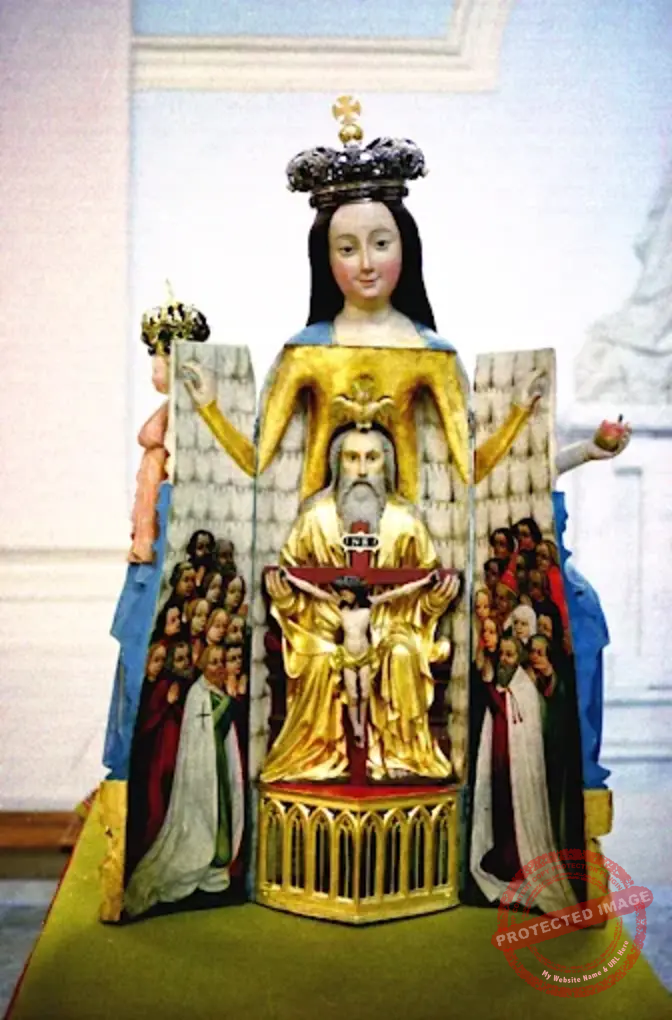
The Story of the Statue of Our Lady of Sejny
The Statue of Our Lady of Sejny has been a beloved religious symbol for over 400 years. Known for bringing graces and protection, it’s been called many names Our Lady of Sejny, Mother Help of Christians, and Famed for Graces reflecting the deep devotion of the people. The statue was likely carved in the late 14th or early 15th century, possibly during the time of the Teutonic Knights. It’s a rare type called a “cabinet Madonna,” because it opens to reveal a detailed scene of the Holy Trinity inside Mary’s mantle. It was brought to Sejny in 1602 by Jerzy Grodziński’s family and placed in the Church of St. George, where the Dominican friars began caring for it. In 1619, the statue was moved to a newly built brick church. Over time, it was richly decorated with crowns, robes, and votive offerings signs of gratitude for prayers answered. It became a well-known pilgrimage site in Poland and Lithuania, with many miracles attributed to Mary’s intercession. The statue was moved to a side chapel in 1882, where it still stands today. It has survived wars, thefts, and even a hurricane. Throughout the years, it has been restored several times, most notably in 1932 and 1999. In 1975, it was officially crowned by Cardinal Karol Wojtyła (later Pope John Paul II) and Cardinal Stefan Wyszyński during a major celebration in Sejny. Today, the statue remains a powerful spiritual symbol and a place of deep devotion. It continues to be opened on major feast days and serves as a reminder of the faith and resilience of the local community.
Feast Day
Feast Day : 31 May
The main feast day of the Basilica of the Visitation of the Blessed Virgin Mary in Sejny, Poland, is celebrated on May 31st, the Feast of the Visitation of the Blessed Virgin Mary. This day holds special importance for the basilica and its parish community, marked by prayer, celebration, and pilgrimage.
Church Mass Timing
Monday to Saturday : 6:30 AM, 8:00 AM, 5:30 PM.
Sunday : 7:00 AM, 8:30 AM , 10:00 AM, 11:30 AM, 12:00 PM, 1:00 PM, 5:30 PM.
Church Opening Time:
Monday to Sunday : 5:00 AM, 9:00 PM.
Contact Info
Address : Basilica of the Visitation of the Blessed Virgin Mary
Plac Świętej Agaty 1, 16-500 Sejny, Poland
Phone : +48 87 516 21 41
Accommodations
Connectivities
Airway
Basilica of the Visitation of the Blessed Virgin Mary, Sejny, Poland to Suwalki Airport, distance between 33 min (33.2 km) via DW653.
Railway
Basilica of the Visitation of the Blessed Virgin Mary, Sejny, Poland, to Suwalki Train Station, distance between 32 min ( 30.3 km )via DW653.

